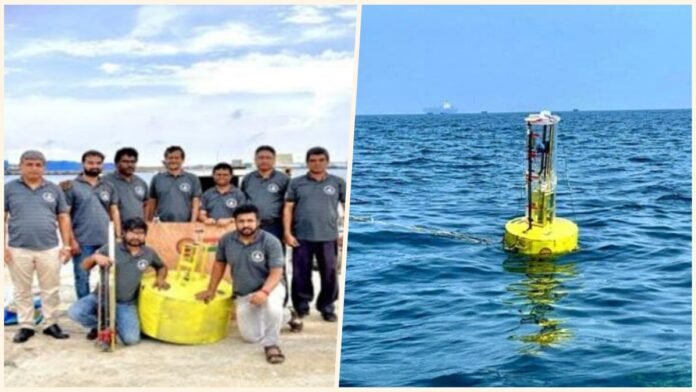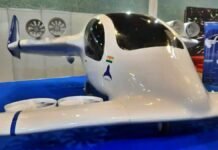
New Delhi: Indian Institute of Technology Madras (IIT Madras) Researchers have developed an ‘Ocean Wave Energy Converter’ that can generate electricity from sea waves. The trials of this device were successfully completed during the second week of November 2022.
The Device was deployed at a location about 6 KM off the coast of Tuticorin, Tamil Nadu, at a location with a depth of 20 meters. This device targets generating 1MW of power from ocean waves in the next three years.
The success of this project will help fulfill several objectives such as the UN Ocean decade and sustainable development goals. India’s goals include deep water missions, clean energy, and achieving a blue economy. It could help India meet its climate change-related goals of generating 500 GW of electricity by 2030 through renewable energy.
The Device is targeted towards remote offshore locations that require reliable electricity and communication either by supplying electric power to payloads that are integrated directly in or on the device or located in its vicinity as on the seabed and in the water column. The targeted stakeholders are the oil and gas, defense and security installations, and communication sectors.

IIT Madras faculty Prof. Abdus Samad, who has been working for over a decade on wave energy, leads the mission. He established a state-of-the-art ‘Wave Energy and Fluids Engineering Laboratory’ (WEFEL) at IIT Madras. His team designed and tested a scaled-down model. The lab is also researching other applications for this technology such as producing power for smaller devices for the ocean like navigational buoys and data buoys, among others.
Highlighting the impact of this project, Prof. Abdus Samad, Department of Ocean Engineering, IIT Madras, said, “India has a 7,500 km long coastline capable of producing 54 GW of power, satisfying a substantial amount of the country’s energy requirement. Seawater stores tidal, wave, and Ocean thermal energy. Among them, the harnessing of 40GW wave energy is possible in India.”
The product has been named ‘Sindhuja-I,’ which means ‘generated from the ocean.’ The system has a floating buoy, a spar, and an electrical module. The buoy moves up and down as the wave moves up and down. In the present design, a balloon-like system called a ‘buoy’ has a central hole that allows a long rod called a spar to pass through it.
The spar can be fixed to the seabed, and passing waves will not affect it, while the buoy will move up and down and produce relative motion between them. The relative motion gives rotation to an electric generator to produce power. In the present design, the spar floats, and a mooring chain keeps the system in place.












































